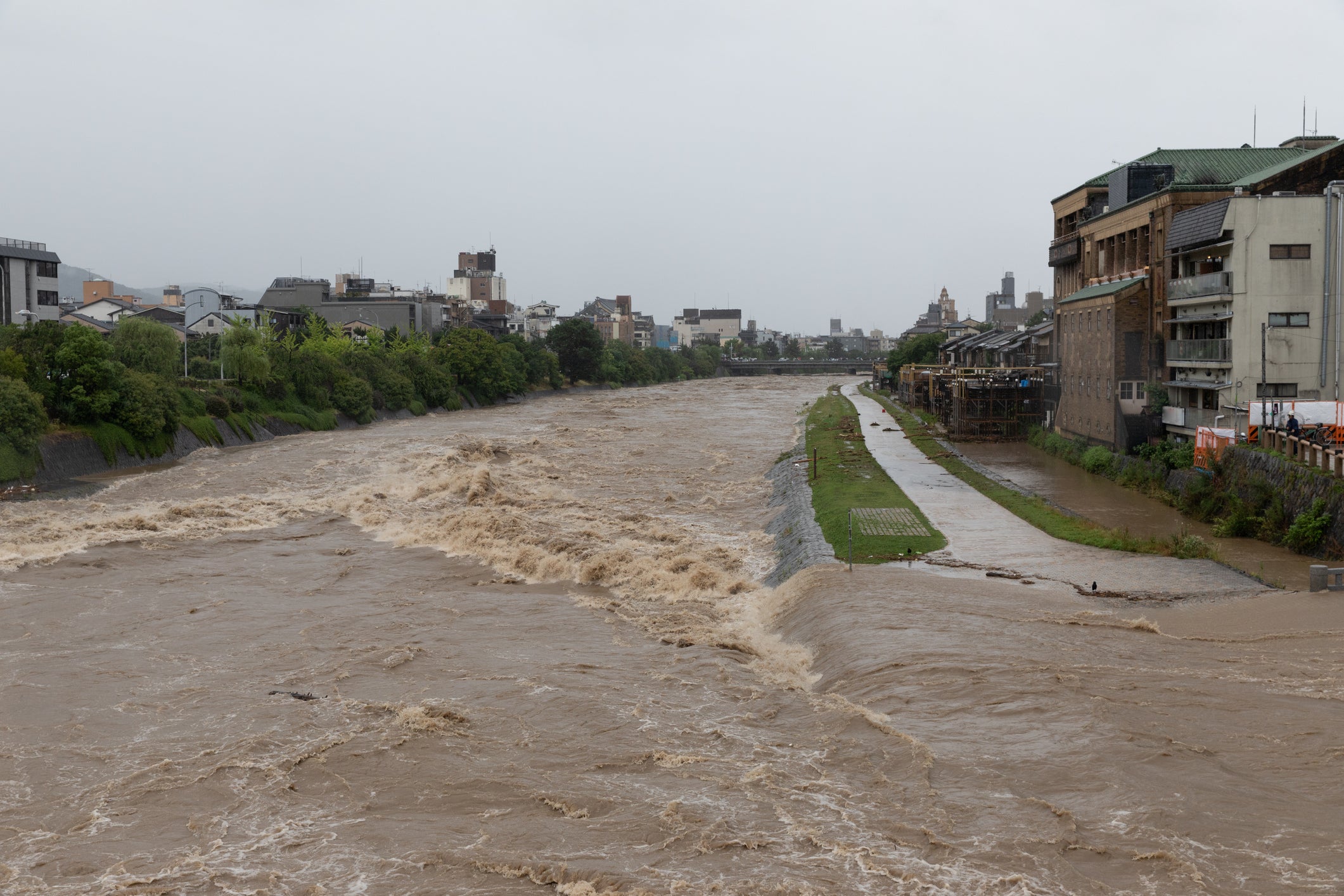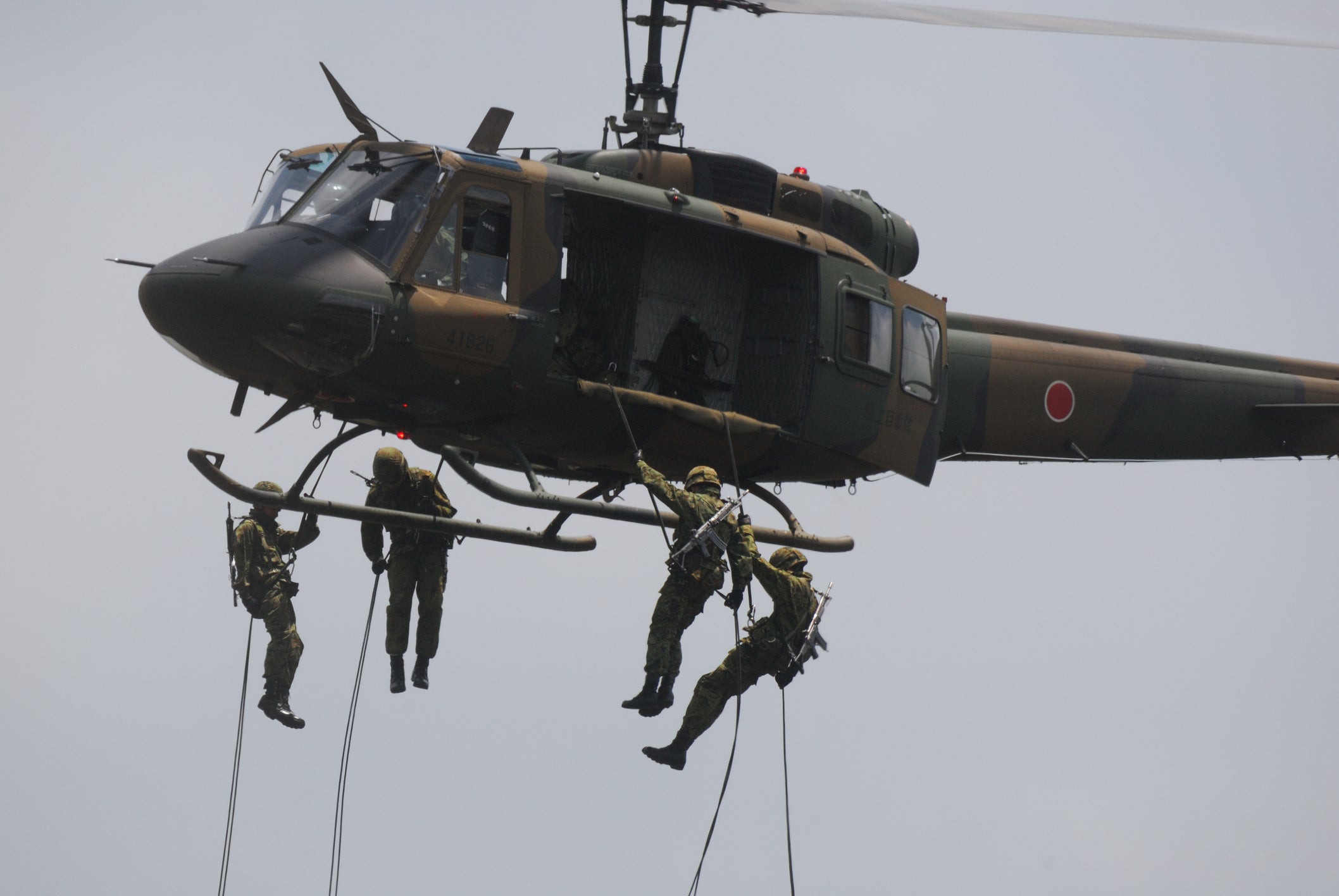How to store valuables during a disaster and how to take them out when evacuating
table of contents
Introduction
1. How to store valuables
2. Use waterproof and fireproof containers
3. Create a valuables list
4.How to take out when evacuating
5. Make a spare valuables set
summary
Introduction
In the event of a disaster, it is important to correctly understand how to store valuables and how to take them out when evacuating. Damage can be minimized by properly storing valuable items and important documents and efficiently taking them out when evacuating. This article details best practices for protecting your valuables in the event of a disaster and items you should take with you in case of an evacuation.
1. How to store valuables
1-1 Store together with emergency supplies
It is important to store valuables together with emergency supplies. It is convenient to put all the necessary valuables in an emergency bag or emergency kit and keep them in one place. By storing it with disaster prevention supplies, you can quickly take it out when you evacuate.
1-2 Use waterproof and fireproof containers
Use waterproof and fireproof containers to store valuables. Waterproof and fireproof containers are an important factor in protecting your valuables, as the risk of flood damage and fire increases during disasters. Choose an appropriate size container and keep your valuables wrapped up.
1-3 Create a list of valuables
In the event of a disaster, it is also important to create a list of valuables. Make a list with photos, detailed descriptions and values of your valuables and keep them with your storage location. The valuables list is useful for things like insurance claims and police reports. Also, it is preferable to keep the list in both digital format (smartphone or cloud storage) and paper format.
1-4 Store in a safe place
It is important to keep your valuables in the proper place. Choose a location that is resistant to disasters such as earthquakes and floods. For example, in high places, in shock-resistant furniture, or in a wall-mounted safety box. Also, consider sharing it with your family or someone you trust and storing it in multiple locations.
1-5 Regular inspection and update
It is important that valuables storage areas and containers are regularly inspected and updated as necessary. If deterioration or damage is found, repair or replace it as soon as possible. We also recommend that you review your valuables list regularly and update it with any new valuables added or changes.
2. Use waterproof and fireproof containers
2-1 waterproof container
Waterproof containers serve to protect your valuables from water damage. Choose the right waterproof container by keeping in mind the following points:
Sealing ability: Reduces the risk of water ingress by tightly sealing the container. By choosing a container with high sealing performance, you can protect the valuables inside from water.
Waterproof material: It is important to choose a container made of waterproof material. For example, plastic and rubber containers are generally waterproof and prevent water from entering.
2-2 Fireproof container
Fireproof containers serve to protect your valuables in the event of a fire. Choose the right fireproof container by keeping the following points in mind.
Fire-resistant materials: It is important to choose containers made from materials that are fire-resistant. For example, fireproof safes and fireproof boxes are made of steel or special fireproof materials and are capable of withstanding high temperatures.
Fire Rating: When choosing a fire resistant container, check the fire rating. Fire resistance is generally expressed in terms of time, such as " 60 minutes fire resistance". This means the container can withstand high temperatures for more than 60 minutes.
When choosing waterproof and fireproof containers, it is important to check product specifications and rating information. It is also important to properly wrap your valuables in the container. Protect your valuables with waterproof or fireproof bags to protect them from impact during transportation and storage inside the container.
Finally, it is also important to perform regular inspections to ensure that the container's watertightness and fire resistance have not been compromised. Repair or replace as necessary to keep it in optimal condition.
3. Create a valuables list
3-1 Collect detailed information on valuables
First, gather detailed information about the valuables you want to include in your valuables list. It is important to record the following information:
Types of valuables: e.g. jewelry, precious metals, electronics, important documents, etc.
Description of Valuables: Describe in detail the appearance and distinctive elements of the valuables. This includes colors, shapes, sizes, brands, model numbers, and more.
Photos of valuables: Take photos of your valuables and attach them to your list. Photos are especially useful for identification and evidence in case of theft or loss.
Value of Valuables: Record the current market value of your valuables, insurance valuations, and more.
3-2 Record where valuables are kept
Next, record where your valuables are kept. State exactly where your valuables are, for example, safes, vaults, specific drawers, inside furniture, etc.
Create a backup of your list:
We recommend backing up your valuables list in both digital and paper form. In digital form, store it on your smartphone, computer, cloud storage, etc. In paper form, print the list and keep it in a safe place.
Do regular updates:
It is important to update your valuables list regularly. Update your list to keep track of any new purchases or changes to existing ones. Also, check the condition and storage location of any valuables on your list, and take appropriate action if any repairs or transfers are necessary.
The valuables list is useful when submitting to the police or insurance company in the event of a disaster or theft. Adding important documents, receipts, warranties, etc. to the list is even more convenient. Also consider sharing the list with a family member or someone you trust.
4.How to take out when evacuating
4-1 Items to take with you in an emergency
When evacuating, it is important to take the following items with priority.
Identification (passport, driver's license, etc.)
Money (cash or credit card)
Communication devices such as phones and laptops Necessary medicines and prescriptions
Bring a List of Valuables and Important Documents Bring a List of Valuables In the event of a disaster, bring a list of valuables to help identify your valuables and provide more information. Bring your valuables list with you:
Digital format: Bring your valuables list stored on your smartphone, tablet, or cloud storage. This allows you to access the information you need at any time.
Printed materials: Print out a list of valuables and put it in an emergency bag or emergency kit and bring it with you. Having a list in paper form also gives you insurance access to the information.
4-2 Bring Important Documents With You It is important to bring important documents with you in the event of a disaster. Below are examples of important documents that you should generally bring with you.
Insurance policy: Bring your insurance policy such as medical insurance, car insurance, home insurance, etc. In the event of a disaster or emergency, it may be necessary to contact your insurance company or process a claim.
Financial Records: Bring your financial records such as bank account information, credit card information, proof of title to real estate, and investment account details. These documents are useful for financial procedures and when access is required.
Copies of Important Documents: Make copies of important documents such as IDs, insurance policies, and financial records and bring them with you as a backup. Copies are useful as information recovery and evidence in the event of loss or theft.
It is important to keep these valuables lists and important documents in a safe place and ready to take with you in the event of a disaster. Also, don't forget to share it with your family or someone you trust.
5. Make a spare valuables set
5-1 Selection of valuables
It's important to include your primary valuables and essentials in your spare valuables set. Be mindful of your valuables selection below.
Money: It's important to include cash and small coins in your spare valuables set. In the event of a disaster, cash may be required as ATMs may not be available or electronic payments may not be available.
Identification: Include a copy of your identification, such as your passport, driver's license, or personal number card, in your spare set. This will facilitate identification and necessary formalities.
Copies of Important Documents: Include copies of important documents in your backup set, such as insurance policies, medical cards, and bank account information. Even in the case of loss or theft, information recovery and procedures can be performed smoothly.
Electronic Devices: Have electronic devices such as spare phones, chargers, and portable chargers. Useful for communication and emergency contact.
Disaster Essentials: Consider including emergency food, drinking water, emergency supplies, medical supplies, clothing, bedding, hygiene items, and other essential items.
5-2 Select storage location
It's important to keep a spare set of valuables in a place where you can easily carry them in case of a disaster. Keep the following points in mind.
Emergency bag: Prepare an emergency bag to store a spare set of valuables. Choose an emergency bag that is sturdy, waterproof, and lightweight and easy to carry.
Containers or Pouches: Consider using containers or pouches to help organize your spare set of valuables. It is a convenient item that can store small items and documents together.
5-3 Regular updates and inspections
It is important that the spare valuables set is regularly inspected and updated. Note the following:
Expired items: If you have items that have expired, such as emergency food or medical supplies, replace them regularly.
Contact Information: Include important contact information and emergency contact information in your spare valuables set. Have quick access when you need it.
summary
In the event of a disaster, it is important to properly understand how to store valuables and how to take them out when evacuating, and to be prepared. Store your valuables with emergency supplies and use waterproof and fireproof containers. When evacuating, prepare items to take with you in an emergency, a list of valuables and important documents, and an extra set of valuables. By taking these measures, you can minimize the damage in the event of a disaster and protect your valuable items and documents.








